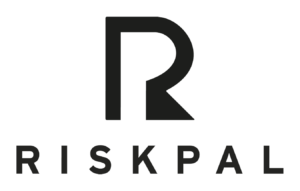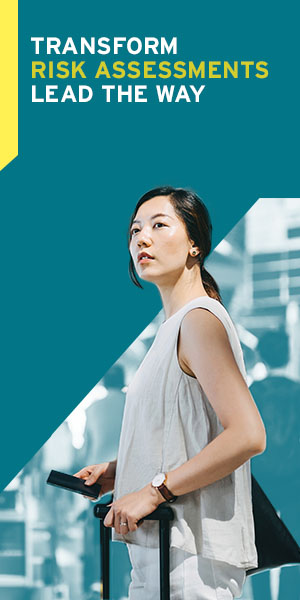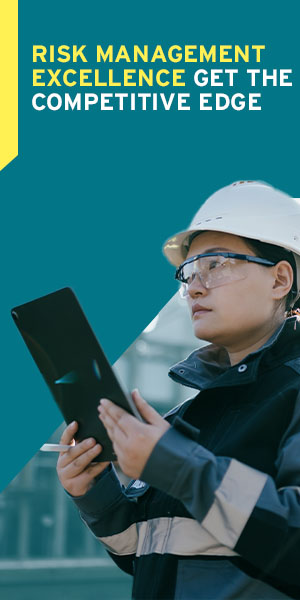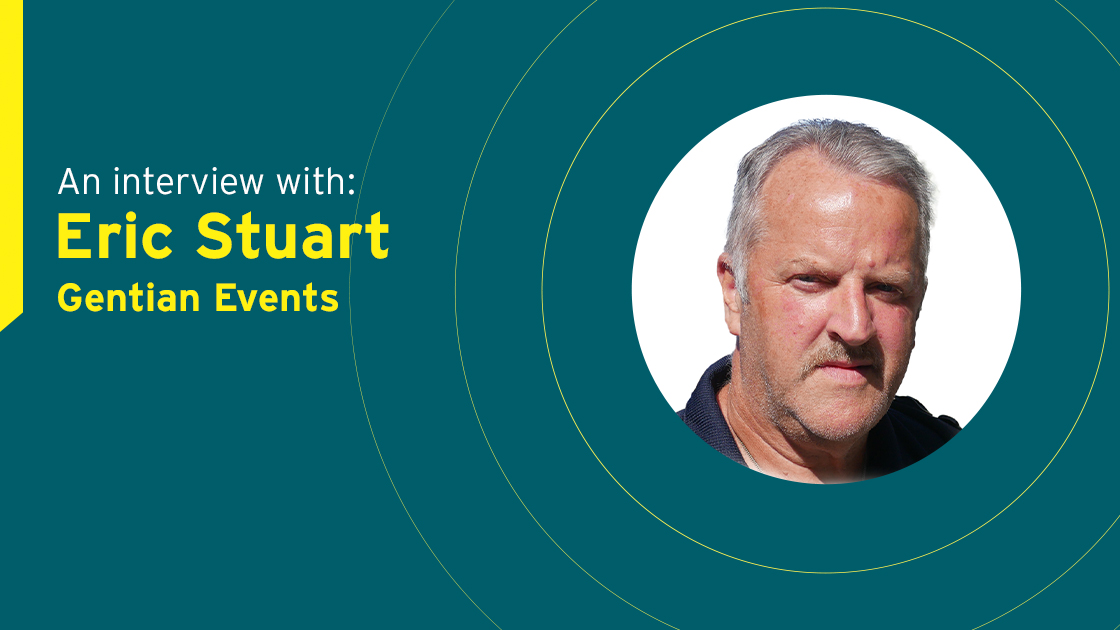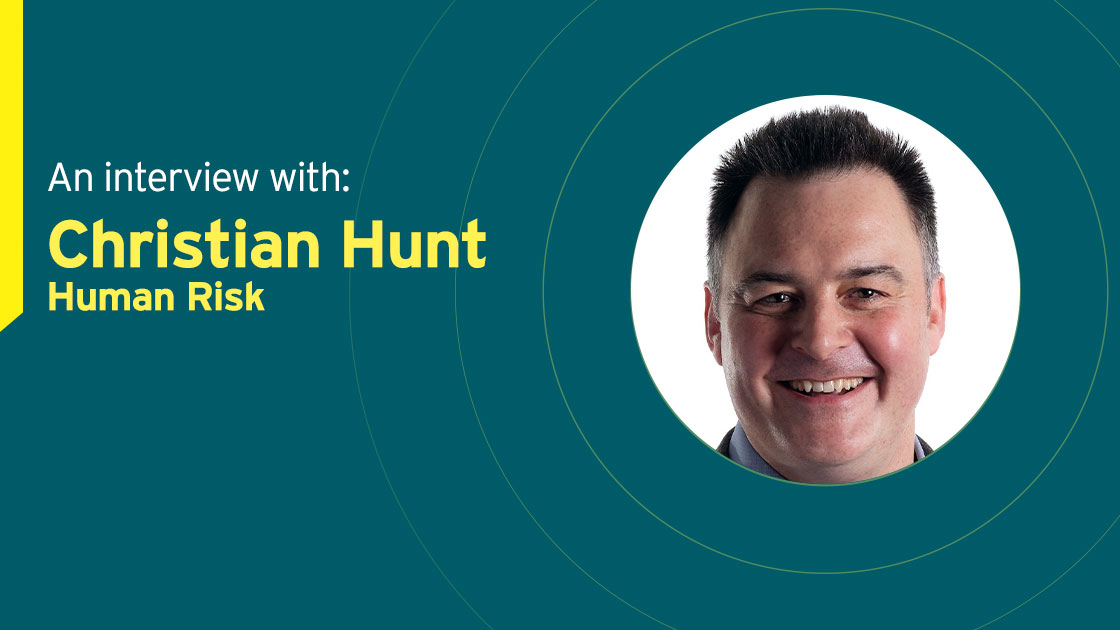
Risk Assessments in a Digital Age
These days nearly every company I know has some sort of risk assessment (RA) process, especially now we’re struggling through a pandemic. In days of yore, risk assessments were commonplace in sectors such as construction, manufacturing, extraction and education, driven by important health and safety requirements and regulations.
The boom of travel risk management services after 9/11, and wider corporate recognition of duty of care obligations in the 20 years since, have seen the adoption of a risk assessment process within businesses widen dramatically. The media sector, which I have worked in for the past 20 years has become a leading industry in risk assessment during this time.
Many of the risk assessment processes and documentation came about when technology was young, the internet was nascent, and computers were things we only used in the office (I even remember when mobile phones were a novelty). As businesses have evolved over the past thirty years, those that have thrived and expanded have done so because they have embraced the technical advances within their sectors; those that didn’t innovate, adapt and embrace technology didn’t make it from the last century to this.
And yet, incredibly, many of those same successful businesses are still using the same risk assessment process (mainly in Word or Excel documents) that they were using ten, fifteen, or even, twenty years ago. Why are so many really successful companies still using outdated Word templates, cut-and paste techniques and long winded approvals for their risk assessments; and then storing them in files no-one can easily find, or share?
And more worryingly, some still share sensitive information such as next-of-kin details in email attachments, violating GDPR regulations?
Many companies have their own intranet, which they use to post all sorts of company policies, rules, staff updates and safety guidance. Bosses love the intranet. Employees don’t. Either hard to navigate or connect to (especially when out of the office), using the intranet as a basis for your risk assessment has always been tricky, often requiring the copy and paste of dated information that you are unsure is in-line with the latest guidance that was sent out via email last week… or was is that week before that?
Short of patience, a bad user experience breeds resentment and cutting corners to get the RA done as quickly as possible. Attention is diverted away from time to focus on the risks and ways to mitigate them and therefore safety awareness is diminished.
If only there was an online solution that allowed users to select from a series of relevant risk assessment templates that were quick to configure to the particular nuances of your assignment. Something that could facilitate easy edits, approvals and updates, accessible wherever you are, any time of the day. And something you could configure and refine to the experiences of your organisation and adapt to reflect the changing threat environment without having to change a plethora of associated documents. Now that’s a good idea …

David Holley, RiskPal Co-Founder
With more than 20 years’ risk management experience, David has a vast array of knowledge regarding all things risk-related – from operating in conflict zones to general workplace safety.
David’s considerable international expertise has been instrumental in the creation of RiskPal’s extensive risk advice library.
David is a former Lt Colonel in the British army, who previously worked for the BBC High-Risk Team and as International Security Manager at National Public Radio (NPR). For more information about RiskPal please get in touch
Follow Our Socials
